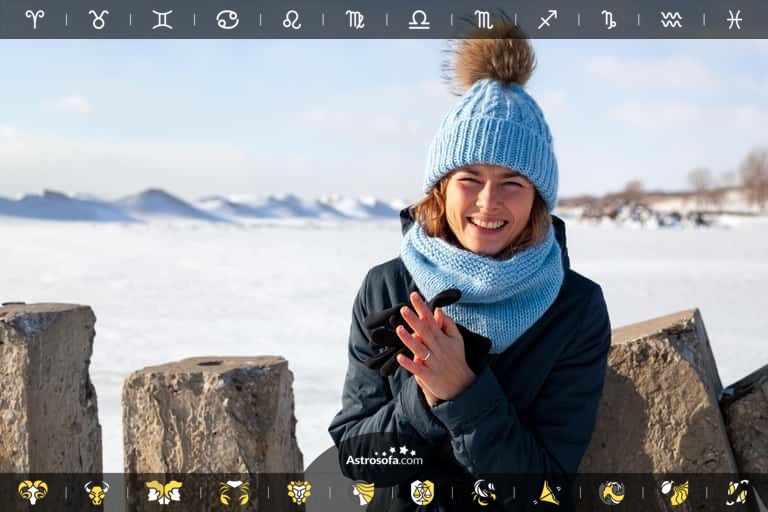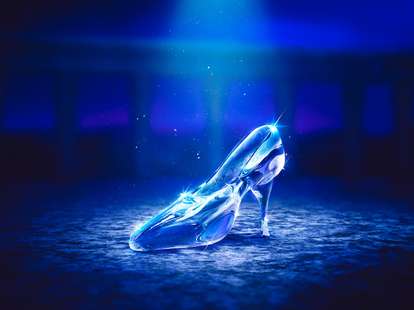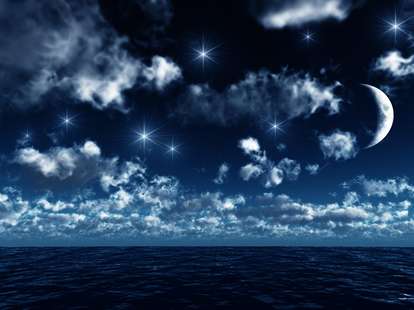
Birthday
Isaac Asimov
Isaac Asimov was born on 2 January 1920 in Petrovich, Russia, and is one of the most famous science fiction authors. He emigrated to the USA, where he became an author, biochemist, and professor of biochemistry. Asimov is best known for his works in science fiction, fantasy, and non-fiction. He is considered one of the most prolific and influential authors in science fiction and has received numerous awards for his works. Asimov died at the age of 72 on 6 April 1992.
Some of Isaac Asimov's most famous and important works are:
- The Robot Series : This series includes several novels and short stories in which Asimov presents his "Three Laws of Robotics" and explores the relationships between humans and robots in the future.
- The Foundation Trilogy : This three-part series is about a group of scientists who try to shape the future of human civilization by establishing a "foundation." The trilogy is considered a milestone of science fiction literature and has brought Asimov international fame.
Saint's day
Weather Proverb

Birthday: Capricorn
Chinese zodiac sign:
馬 Earth Horse
In 5,356 days (14 years, 7 months, 29 days)
Daily aspects

When Venus enters Aquarius, our energy awakes to independence. We tend to be very honest and to resist any limitation. We dislike what's immoral. Above all, we are peace-loving. We are committed to reforms, and therefore we receive recognition from friends. As for the partners who could appear during this time, they should also be eccentric and idealistic.

This aspect between Mars and Pluto will really help if you are trying to become fitter and stronger through exercise. It is also an excellent time for scientic research geared towards technology. If you are involved in the army or police force, now is the time to investigate cases, as truths may be revealed that were hiding before. It is a great time for self-improvement and getting involved with your community, or political affairs.

The trine between Mercury and Neptune shows subtle sense and keen intuition – combined with affection for literature and poetry. You are seduced by imaginativeness, but your imagination is really great when you stay in this constellation.
Period: approximately 1 day.

This aspect can lead to family problems, health disorders, difficulties at work, discomfort with the opposite sex, and public disagreements. It is highly important to think before you act or react. It can also cause pain in the womb, especially during "that time of the month" for young ladies and women.

The square between Mercury and Saturn can make you greedy, suspicious, resentful, quarrelsome, and stubborn. Failures could occur. In the family circle, there can be disputes and separations. Inhibitions in the mental-spiritual area could occur. There may be a lot of delays at work. It's best to avoid those in charge at work, and just get the work done with a positive attitude.
Current timezone: Europe/London (UTC +01:00). change timezone
Calendar
Please choose a day:


